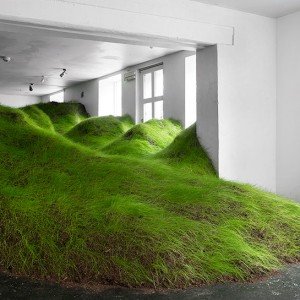Bruce Louis for Art-Sheep
Nowadays, photography is considered as an authentic form of Art. But it took almost two centuries for this to happen. When photography first appeared, back in the 19th century, paintings were the only means of recording a scene and, of course, painting was the only art form as far as images where concerned. Today, it’s a different story; everyone can take a picture and photography is finally free of the burden that the long-lasting competition with painting brought.
Through time, capturing the world around us with a camera has changed immensely, from technical approaches to subject matter itself and style. Today, photography enjoys the liberty of being a full art form and a popular means of recording as well. This would have been impossible, though, if it wasn’t for the first photographers who started this “trend” and put all the love and passion they had into it. Below is a -short, indeed- list of some of the masters of photography whose “third eye” was attached to a camera and who gave us some of those photographs that changed our lives forever.
via themost10
1. Henri Cartier-Bresson

The rightful owner of the “decisive moment” and co-founder of the first photographic agency that quickly became a legendary institution and is now still considered one of the places that high-quality documentary photography can be found, “Magnum Photos“, Bresson lived throughout most of the 20th century, setting such a distinct style in photography that his pictures have to this day an ever-present modern feel. Bresson was one of the first street photographers and always shot in B/W, even after Kodak’s revolution of colour films.
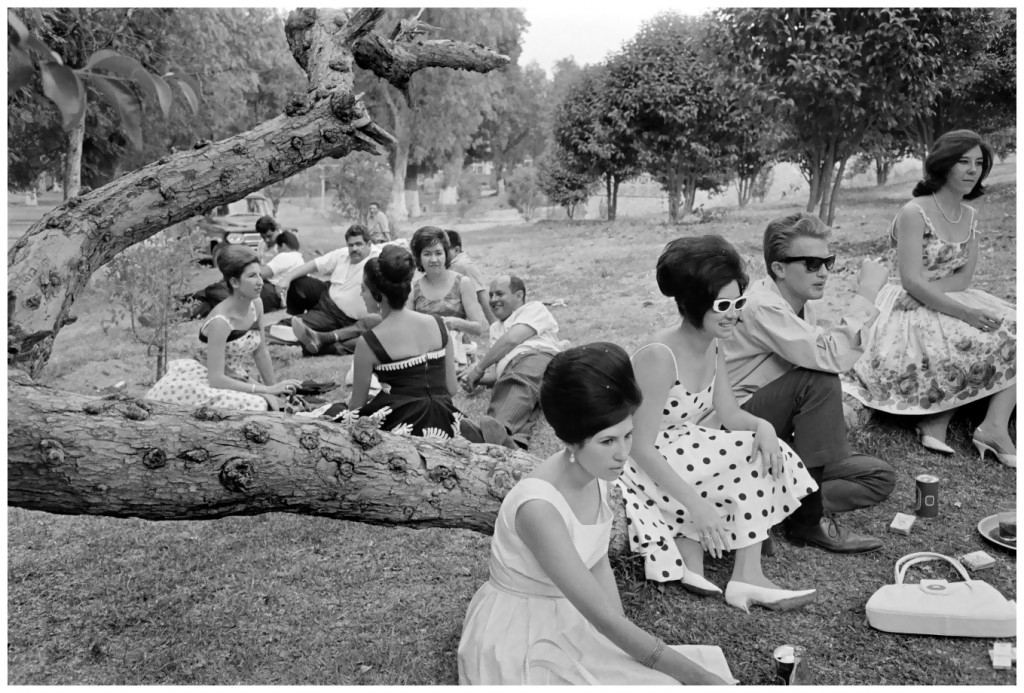
2. W. Eugene Smith
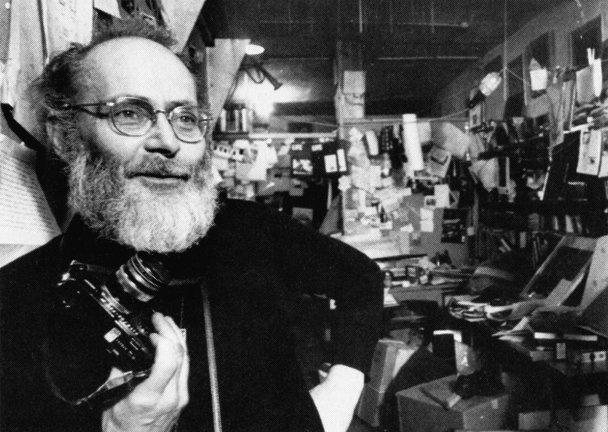
Smith was an American photojournalist, who always worked in B/W and was renowned for the dedication he devoted to his subjects and his unparalleled professionalism. He mainly photographed situations that are still painful to watch, like WWII, the clinic of Dr. Schweitzer in French Equatorial Africa and the residents of Minamata in Japan, whose health was seriously damaged by the pollution. Smith’s photography paved the way for photojournalism, setting the standards that are still followed by today’s field photographers.
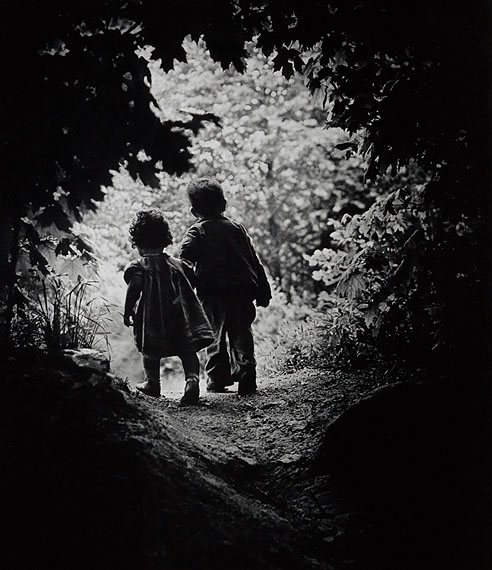
3. Irving Penn

Penn is considered one of the forefathers of portrait and fashion photography, having produced an amazing body of work both in terms of quantity as well as, of course, quality. Working for magazines like Vogue, which rocketed his career, Penn photographed celebrities, politicians, musicians and many other famous people. He established the style in portrait photography that would be the axis around which every portrait photographer would work, producing some of the most memorable photos of the famous.

4. Helmut Newton

The father of the nude, the man who merged fashion photography with the nude, the photographer who took fashion outside the studio and into the streets, Helmut Newton is considered one-of-a-kind to this day. He had an eye for the female form, which he enjoyed to explore through his lens, always pushing the boundaries of what was considered tasteful.
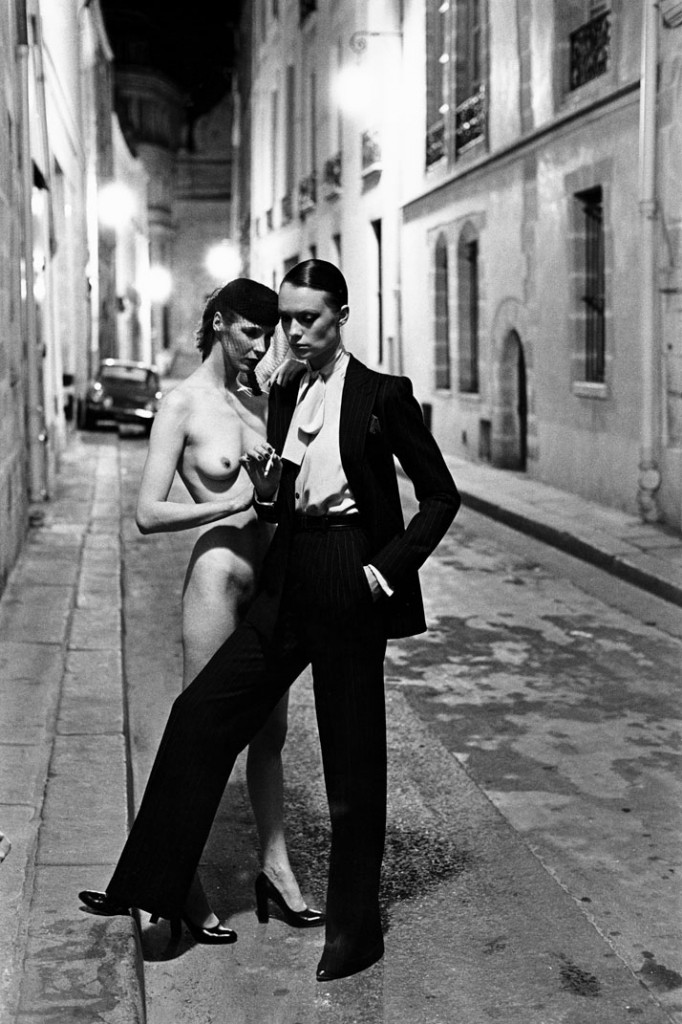
5. Diane Arbus
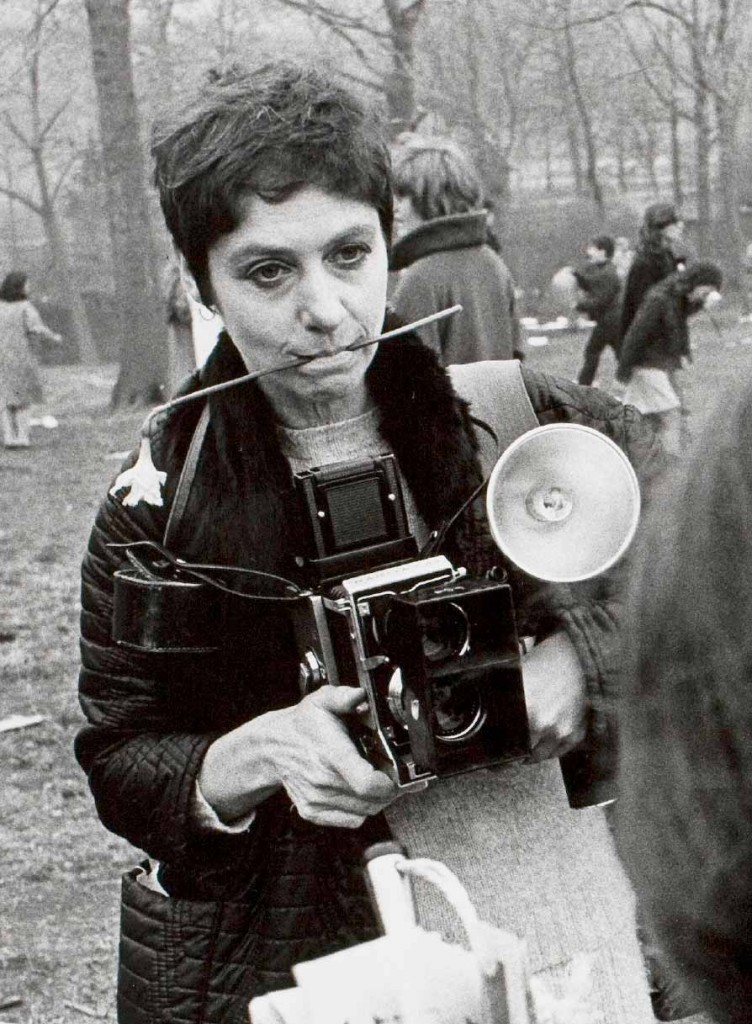
One of the great ladies of photography, Arbus started out as an assistant photographer, working with her husband, Alan Arbus, who was a well-known fashion photographer in his time. Arbus was always fascinated by the weird and the bizarre and as soon as she broke the chains of her assistantship in fashion photography, her immense talent also broke loose. Arbus was the first to photograph those who were “out of the ordinary” or considered outcasts for one reason or another, pushing the boundaries of what was perceived as acceptable in portrait photography and producing photographs that were -and still are- shocking. Arbus offered that extra twist to the medium of photography that could only mean it would be one step closer to its liberation from the norms that held it down and in competition with painting and the moving image, which, by that time, had seriously “invaded” people’s homes.

6. Walker Evans

A photographer to whom we owe a great part of the evolution of documentary photography. Mainly a B/W photographer, Evans produced some very striking images of America’s less fortunate people. He was one of the photographers picked for the F.S.A. (Farm Security Administration) Project in the years of the American depression, sent to document the conditions of the immigrants’ lives in order to assess the size of the damage. To this day, the FSA Project is considered one of the most important bodies of documentary photography work globally.

7. Elliott Erwitt

Humour is an integral part of our lives and Erwitt is probably the first photographer who introduced it in photography in such a way. He was nspired by Walker Evans to shoot people and children in everyday situations in B/W. Best known for his dog photographs, Erwitt’s images still invite discussion to this day, because of the way he chose to position his subjects within the frame.





